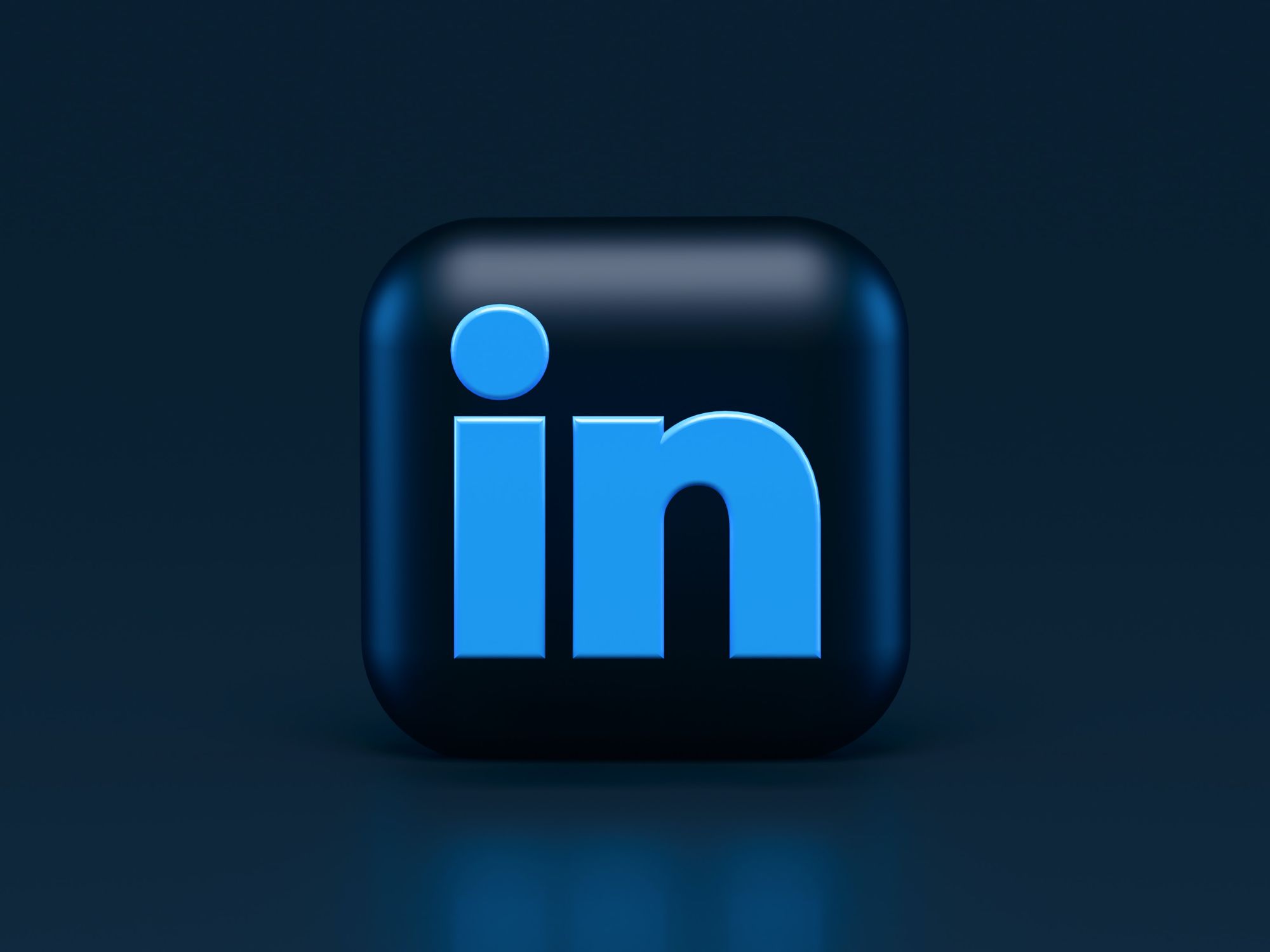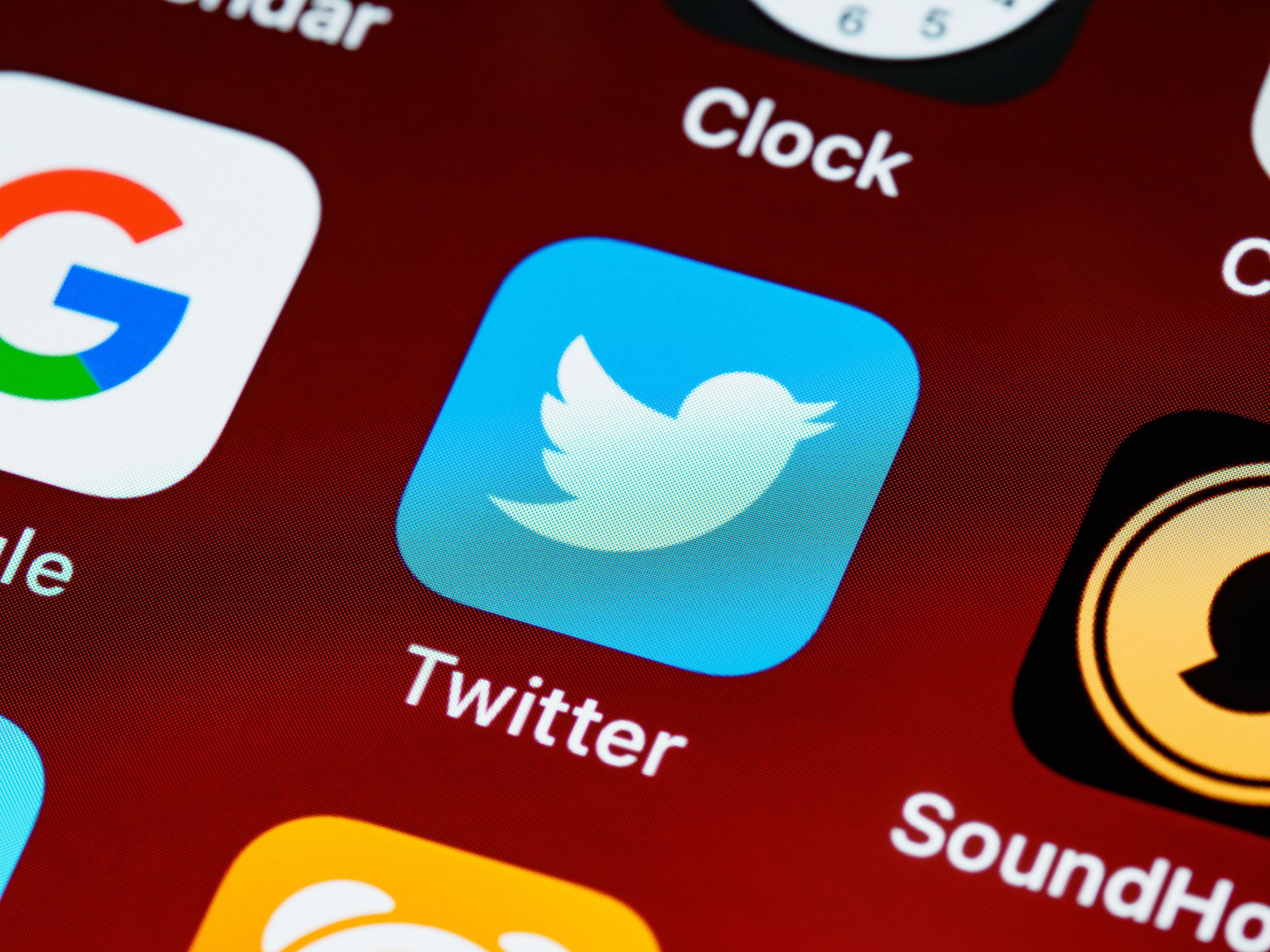Have you ever received an email notification or promotional offer from any brand? Well, the answer will be Yes for most people. Be it your birthday or any other special occasion, you will often see such types of promotional messages. These are some of the examples of permission marketing. Read on to know more about permission marketing.
What is Permission Marketing?
Permission marketing refers to the type of advertising that allows customers to receive promotional offers and messages from a brand upon their consent. This term is coined by Seth Godin, an entrepreneur, and author. When consumers give their permission to receive marketing emails, then marketers understand their consumers in a better manner.
Types of Permission Marketing
There are two types of permission marketing. Let’s take a look:
Express Permission Marketing
In this type of marketing, the consumer gives their email in order to receive marketing messages. For example, consumers might sign up for a newsletter. Express marketing is generally used while creating new business relationships.
Implied Permission Marketing
In this type of marketing, the business already has a relationship with the consumer. It is done for the current consumer or a frequent visitor. For example, pre-checking opt-in boxes on forms. If the customer doesn’t want to receive messages from the brand, he will have to uncheck the box.
In both types of marketing, the control lies with the customer.
Advantages of Permission Marketing
There are many advantages of permission marketing. Let’s take a look:
- Better engagement - Permission marketing allows customers to choose whether they want to receive the advertisement or not. This results in better engagement. It improves the odds of paying more attention to the marketing message.
- Cost-effective - Businesses can reduce their marketing costs as they have to target a smaller section of the audience, only those who are interested. They use low-cost online marketing tools such as social media, search engine optimization, emails, etc.
- High conversion rate - Permission marketing has a higher conversion rate because it targets only those who are already interested in the product. This further leads to better sales.
- Personalization - Permission marketing helps businesses to run personalized campaigns as specific audience is targeted based on their age, gender, location, etc.
- Builds long-term relationships with the customer - With the help of social media and email marketing, businesses can build a long-term relationship with their customers.
- Reputation building - When customers allow promotional offers and messages from the brand, then they won’t ignore these messages. This helps in building the reputation of the brand.
Permission Marketing Vs Traditional Marketing
There is a lot of difference between permission marketing and traditional marketing. Traditional marketing is a kind of blind marketing as you are not aware of the interests of the target audience while in permission marketing a lot of research is required to know the target audience. For example, if you are a real estate agent, you would send an email that consists of the details of the property that is located near to the residence of the customer.
You will add some relevant questions such as when did the customer buy the house? Are there any plans to buy a home in the coming year? In the email, you can also include the link to an email newsletter opt-in. Such personalized questions would help you to relate to the customer and prompt him to answer and sign in for the newsletter. This will further help in building a relationship with the customer.
While in direct marketing, a real estate agent would send an email to all the customers depicting general details of a particular area. This approach will not help in building a rapport with the customer and the chances of their turning away are higher.
Levels of Permission in Permission Marketing
Intravenous Permission
Intravenous permission is the first and highest level of permission in which you give permission to the doctor to insert medicine in your veins. The doctor gets permission to insert an injection or perform the operation. This is a good example of intravenous permission.
In this level of marketing, rewards are higher but huge risk is there. For example, when you buy a subscription to Netflix, whether you watch it daily or not, you will have to pay for the entire month. This is the best example of intravenous permission.
Points level Permission
At this level, you can reward different points to the customers for being more attentive. Later on, these points can be encashed. The best example is the credit card companies such as American Express, Mastercard, Visa, etc. These companies provide credit cards to the customers and offer some reward points for every use. Once these reward points get collected, they can be used further to buy some other products.
Personal Relationships
This level is generally used in business relations and acts as word-of-mouth marketing. Having the ability to recognize the importance of personal relationships is quite essential for the growth of your business. It helps in making major shifts in the customer’s behaviour. The best example of this level of marketing is Wall Street deals.
Brand Trust
Brand trust permission is expensive to get, but once you obtain it you have the opportunity to charge a premium amount from your customers. A heavy price needs to be paid to the brands in order to receive a high-quality product. The best example of brand trust is Starbucks coffee.
Situational Permission
This is the lowest level of permission where you need to ask for a certain thing depending on your situation. For example. McDonald’s. They usually ask questions like ‘Would you like to have finger fries?’
In situational marketing, once the customer makes a sale, the business usually asks for up-selling.
Spam
Spam is the level where you aren’t given permission. This is usually the beginning of marketing. For example-TV ads, radio ads, junk mail, etc.
Permission Marketing Examples
Opt-in Emails
The best example of permission marketing is opt-in emails. This implies that the customer is willing to receive promotional messages or advertisements. The emails are sent to only those who have chosen opt-in email.
RSS Feeds
When the company sends its notification to all the subscribers about the latest offers or promotional messages, it refers to RSS feeds.
Loyalty Cards
Loyalty cards are a way of encouraging customers to keep shopping for their products. They are usually given to loyal customers who constantly show interest in a particular brand.
YouTube
YouTube is a popular platform where content creators share different videos. Whenever any channel uploads something new, then a notification is sent to all the subscribers of that particular channel.
Facebook is a very popular social media platform where people can easily share content. Most marketers try to connect with influential people who have a wider base of followers. When such influential people endorse your product, then the number of people trying your product would increase manifolds.
Key Takeaways
- Permission marketing refers to the type of advertising that allows customers to receive promotional offers and messages from a brand upon their consent
- There are two types of permission marketing-express permission marketing and implied permission marketing
- There are a plethora of advantages of permission marketing. It leads to better engagement, a high conversion rate, better reputation building, etc. Permission marketing helps to build a long-term relationship with the customers and is cost-effective
- There is a lot of difference between permission marketing and traditional marketing. In traditional marketing, you are not aware of the interests of the target audience while in permission marketing you research thoroughly to find out the interests of the target audience
- There are different levels of permission in permission marketing; intravenous level, point level, personal relationship, brand trust, situational permission, and spam
- Opt-in emails, RSS feeds, loyalty cards, YouTube, and Facebook are some of the examples of permission marketing
Related Articles












